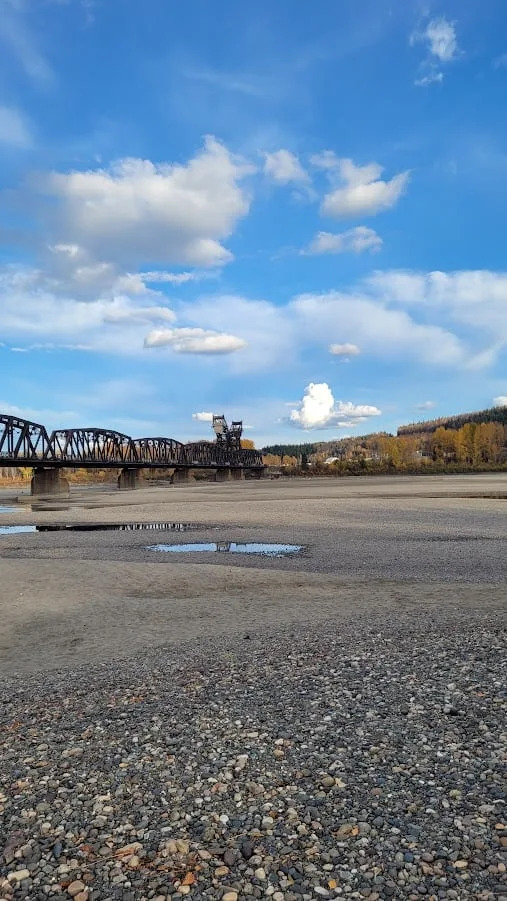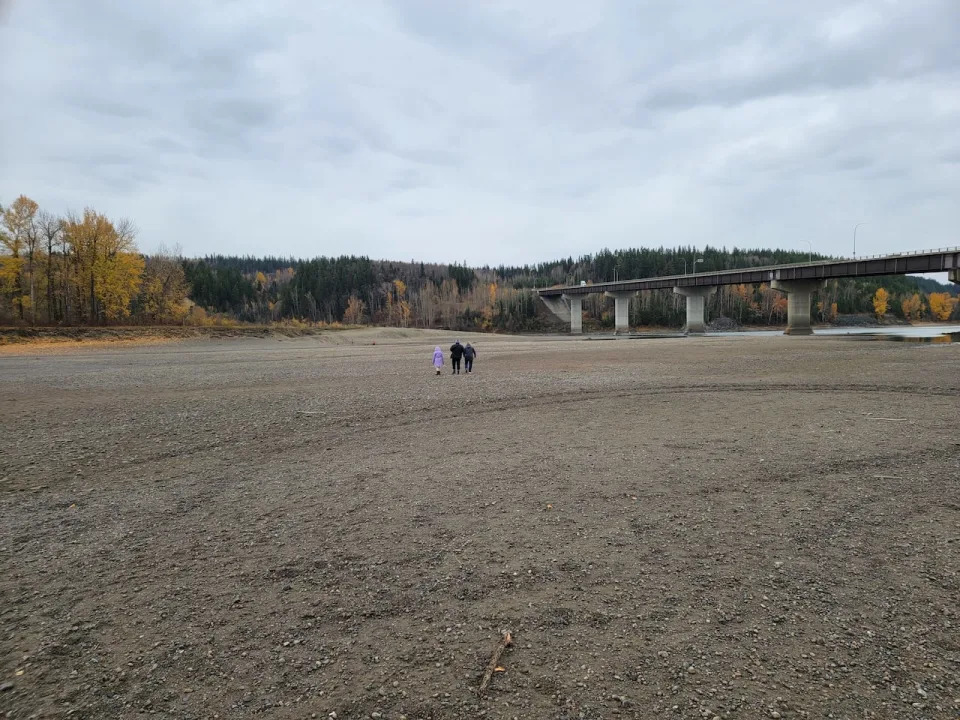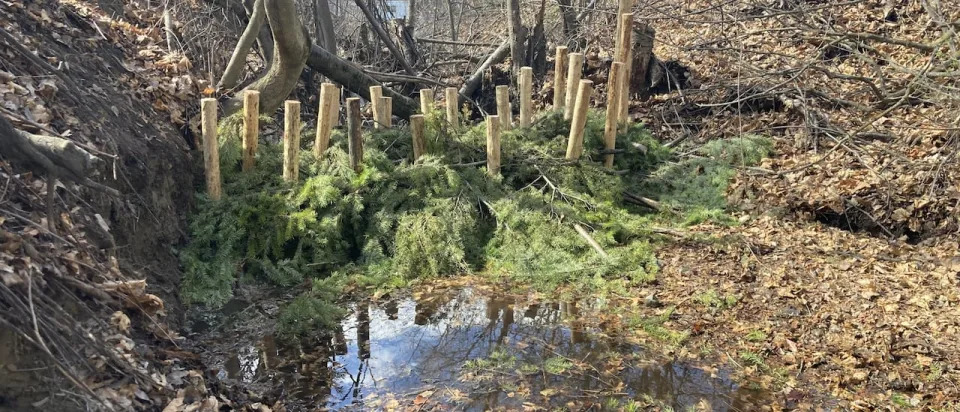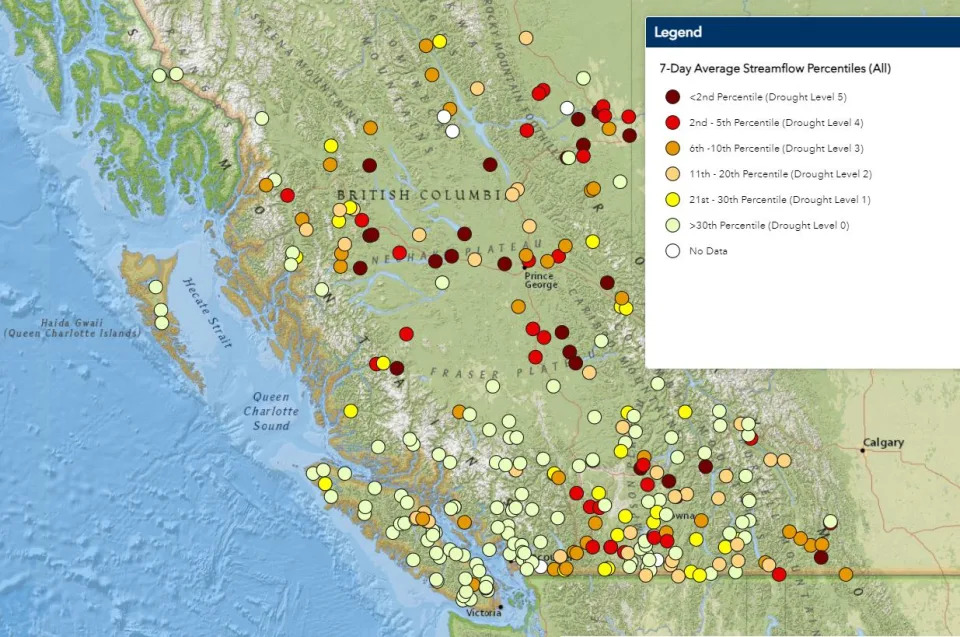CBC
Sun, October 22, 2023

Young Canadians aren't happy with the quality of sexual education and leave the classroom feeling awkward, unprepared and scared to have sex, a new report from a Toronto-based think tank suggests.
LetsStopAIDS, a youth-driven Canadian charity that raises HIV awareness among young Canadians, released the findings of its second Sex Lives Report this week, based on data collected in May through a survey sampling 1,090 Canadians aged 18 to 24.
Gabrial Brown, a research analyst at LetsStopAIDS, told CBC's Edmonton AM the survey looked to understand young Canadians' relationship with their sexuality, their knowledge of HIV and sexually transmitted infection prevention, and their experiences with sex ed.
"Our findings were loud and clear," Brown said.
"The conventional methods of addressing sexuality are obsolete, more so in today's age that values equality, diversity and respect."

Gabrial Brown, a research analyst at LetsStopAIDS, said the 2023 Sex Lives Report delves into the young Canadians’ relationship with their sexuality, gauge their knowledge of HIV and STI prevention, and understand their experiences with sex ed. (LetsStopAIDS)
The report found sex ed gave students an "abundance" of scientific information but was "severely lacking in practical knowledge or skills," leaving respondents with unanswered questions, Brown said.
LetsStopAIDS's findings suggest young Canadians feel unprepared for sex because their classroom experience was negatively impacted by a stigmatized and "abstinence-focused" class likely stemming from teachers' discomfort around sex.
Young people also felt there were topics teachers didn't cover, notably gender identity and sexual orientation, saying the education they received was "primarily heteronormative."
Finn St Dennis, research and evaluation manager for the Queer and Trans Health Collective in Edmonton, said the report's findings weren't surprising.
Many of the highlighted topics, they said, are present in Edmonton, based on the sex ed "disparity" that the collective hears about from community members, who face similar challenges as their straight and cisgender peers.
"They're also facing additional barriers when you have teachers that aren't teaching about sexual orientation or gender identity, and aren't necessarily comfortable or prepared to have those conversations," they said.

The report by LetsStopAIDS found youth don’t recall learning about HIV-prevention medications like PrEP. (Vanessa Blanch/CBC)
The report also found condom use is down, fewer young people are being tested for STIs despite a rise in infections, and that they don't recall learning about medications like PrEP — a daily pill taken to prevent the transmission of HIV.
'That really speaks to the need to talk about testing in tech said the benefits of testing and destigmatizing testing," St Dennis said.
In the survey, respondents said education about diverse sexual orientations, gender identities and the challenges faced by the LGBTQ community would "foster greater inclusivity, understanding and acceptance."
Said one respondent: "It is so important that kids understand people aren't just cisgender and straight, and those who aren't are not freaks."
With the lack of satisfaction from classes, young Canadians were forced to find answers elsewhere, with six in 10 citing the internet as their primary source of sexual information, followed by friends and family doctors.
St Dennis said LGBTQ young people are often not able to trust a family physician.
"I remember hearing a story from a community member who asked for STI testing and her doctor told her that lesbians don't get STIs, so she didn't need any testing," St Dennis said.
They said research by the collective even suggests some Alberta doctors aren't specialized in new advances in preventing HIV and other STIs.
Over the summer, Canada has seen a national debate over gender identity and sexual orientation, with New Brunswick and Saskatchewan bringing in policies about LGBTQ students that advocates have deemed controversial.
St Dennis believes the debate and resulting stigma play huge roles in the disparity seen in sex education.
"School is a space that's supposed to be safe for kids to figure out who they are," they said.
"We're removing a space that youth can do that if we're preventing conversations around gender identity and sexual orientation."
St Dennis said governments should implement continuing education for teachers around STI prevention as well as space for furthering the conversation around gender and sexual identity.
Brown said LetsStopAIDS is advocating for a comprehensive and positive approach to sexual education. The report, he said, is a starting point for engaging with governments to improve the sex ed curriculum.
Without it, he said Canadian young people will continue to face rising STI rates and knowledge gaps about sex.
"It's such a crucial and dire situation," said Brown.
"This is a real problem we need to address in Canada."





